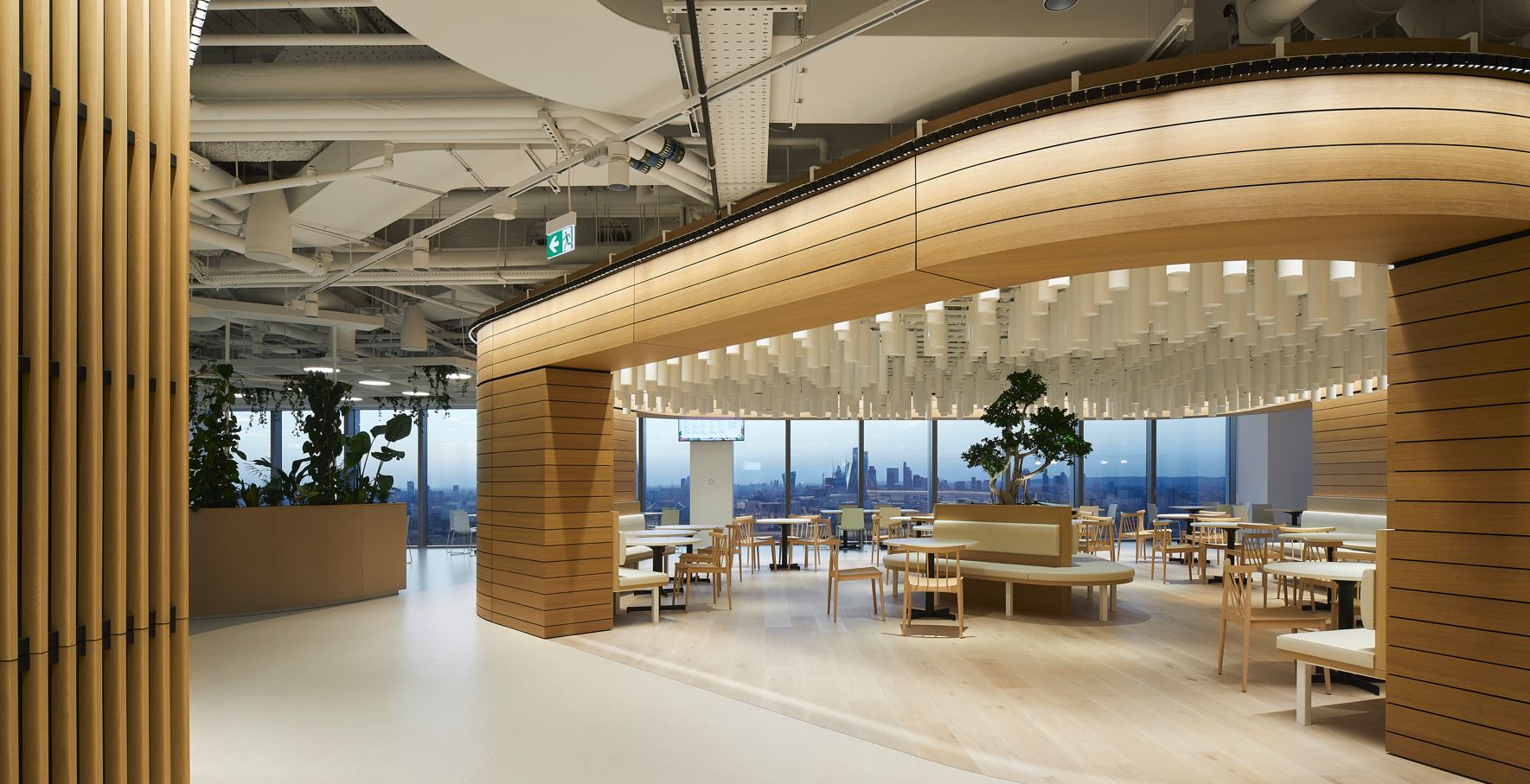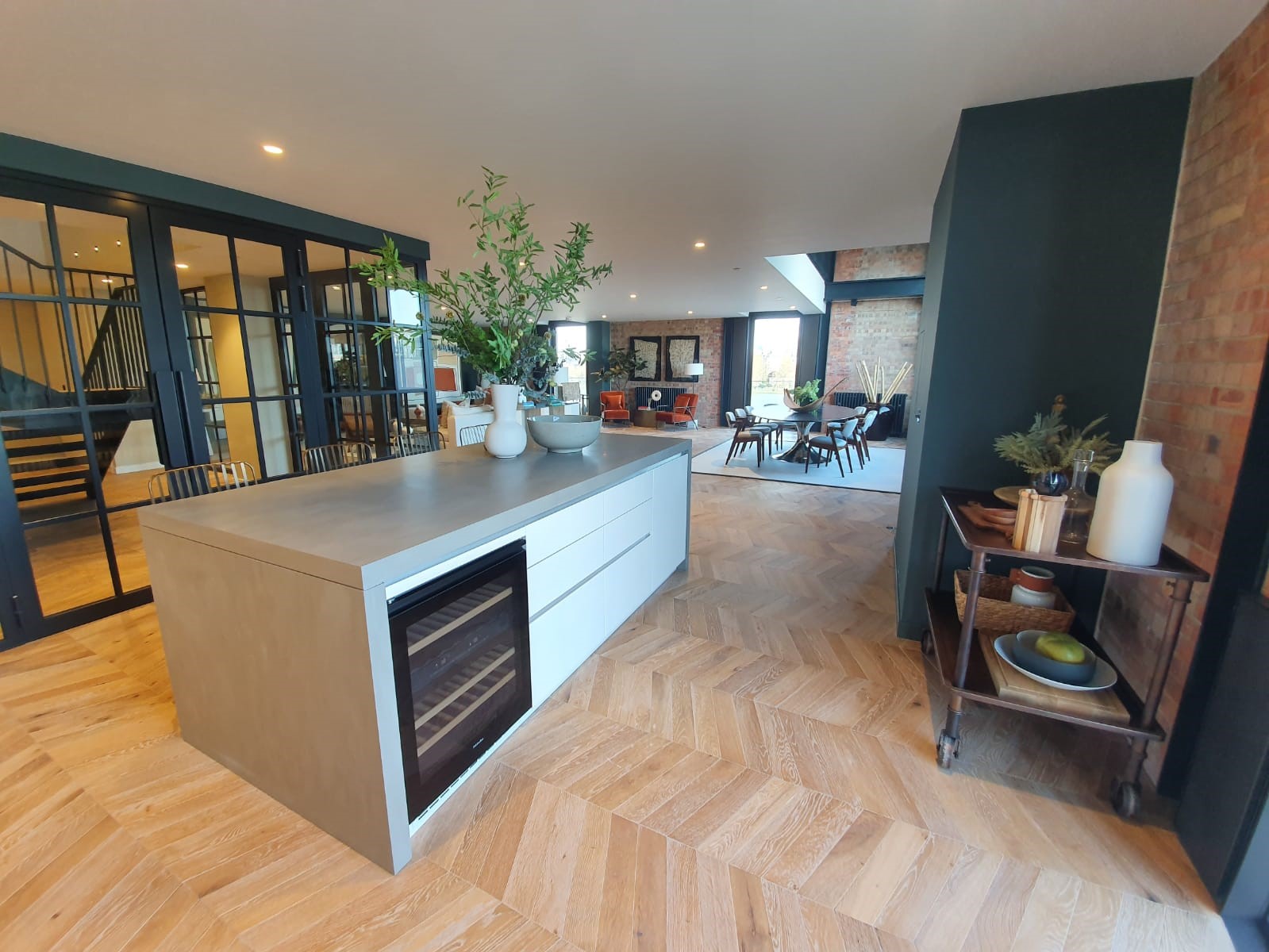Circular Design: Flooring for a sustainable future.

In the pursuit of a more sustainable future, every aspect of our daily lives must be re-evaluated, including the spaces we inhabit. One often overlooked yet crucial element in this quest for sustainability is flooring. By integrating flooring solutions into circular design principles, we can significantly reduce waste, minimise environmental impact, and create spaces that contribute to a regenerative economy.
At the heart of circular design lies the concept of closing the loop, ensuring that resources are used efficiently and waste is minimised throughout a product’s lifecycle. When applied to flooring, this principle translates into a holistic approach that considers the sourcing, production, use, and end-of-life of flooring materials.
Sustainable sourcing is the foundation of circular flooring design. Opting for materials that are renewable, responsibly harvested, or reclaimed from existing sources can help reduce the environmental footprint from the outset. For instance, bamboo and cork are fast-growing, renewable materials that make excellent choices for eco-conscious flooring.
Furthermore, the production process plays a crucial role in circular design. Manufacturers can prioritise energy-efficient manufacturing techniques, utilise non-toxic materials, and minimise water usage and emissions. By investing in eco-friendly production methods, flooring manufacturers can reduce their environmental impact while creating products that contribute positively to indoor air quality and occupant health.
Durability is another key consideration in circular flooring design. By selecting materials that are built to last, such as hardwood or high-quality engineered flooring, consumers can minimise the need for frequent replacements and extend the lifespan of their flooring. Additionally, implementing proper maintenance practices, such as refinishing or repairing damaged areas, can further prolong the life of flooring, reducing waste and conserving resources.

When it comes to the end-of-life stage, circular flooring design emphasises strategies to facilitate reuse, recycling, or repurposing. Flooring materials should be designed for easy disassembly and separation, allowing components to be recycled or repurposed into new products. For example, carpet tiles made from recycled materials can be returned to the manufacturer for recycling at the end of their useable life, closing the loop and preventing materials from ending up in landfills.
Beyond the materials themselves, circular flooring design encompasses broader considerations such as installation practices and the promotion of circular business models. Utilising adhesives with low volatile organic compound (VOC) content and exploring innovative adhesive free installation methods that minimise waste can further enhance the sustainability of flooring projects. Additionally, embracing circular business models such as leasing or take-back programs encourages responsible consumption and fosters a culture of reuse and resourcefulness.
In conclusion, flooring has a significant role to play in circular design, offering opportunities to minimise waste, conserve resources, and create healthier, more sustainable living environments. By prioritising sustainable sourcing, durable construction, and end-of-life strategies, we can transform our floors into catalysts for positive environmental change. Through collective action and a commitment to circular principles, we can pave the way towards a more sustainable future, one step at a time – or rather, one floor at a time.